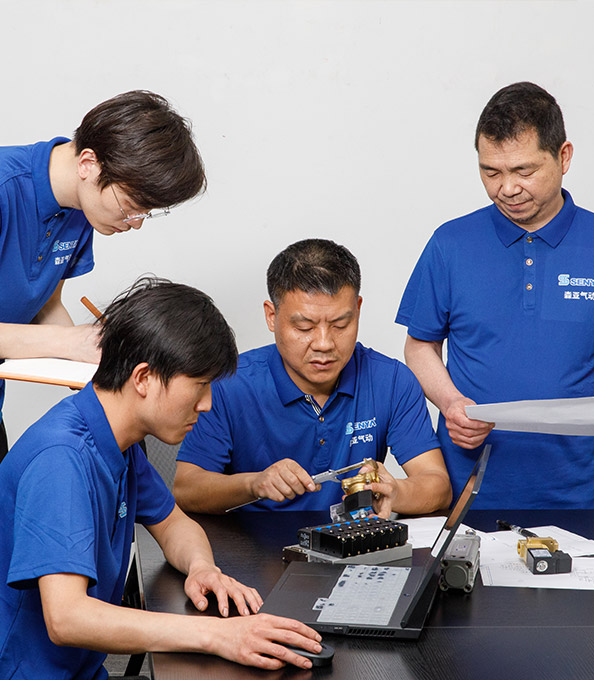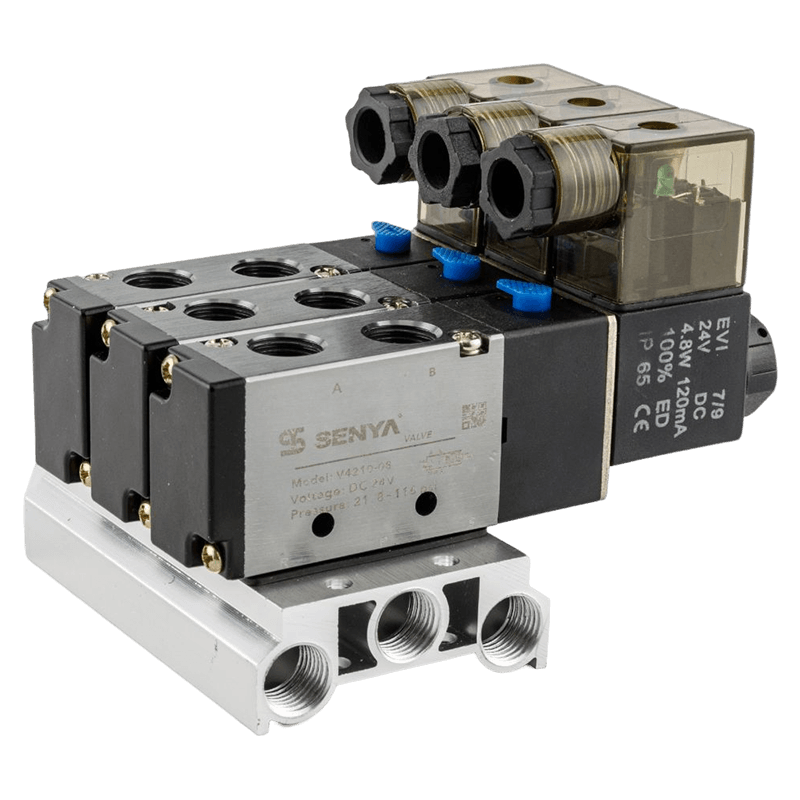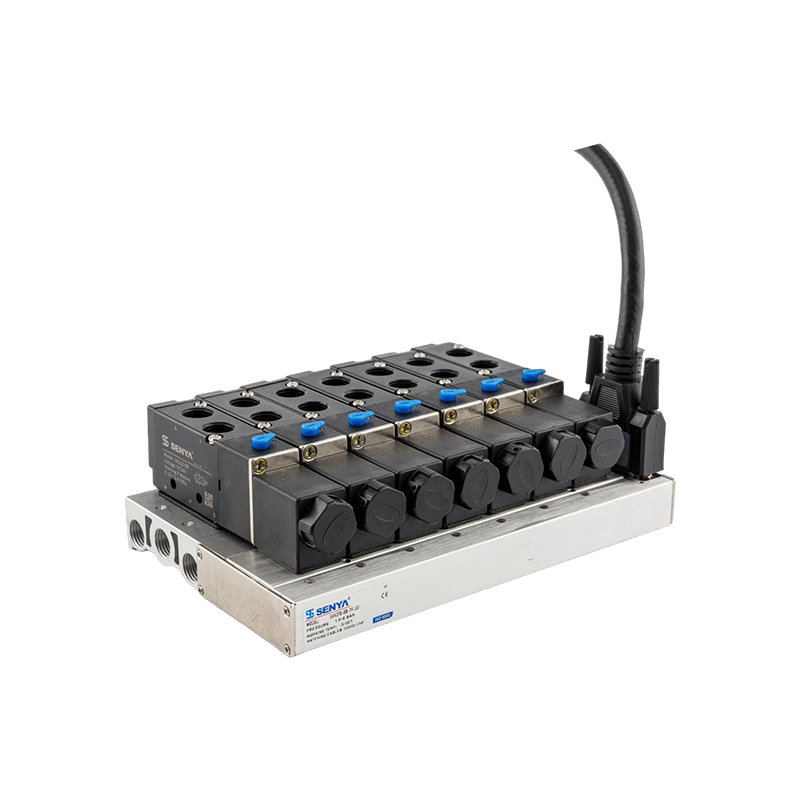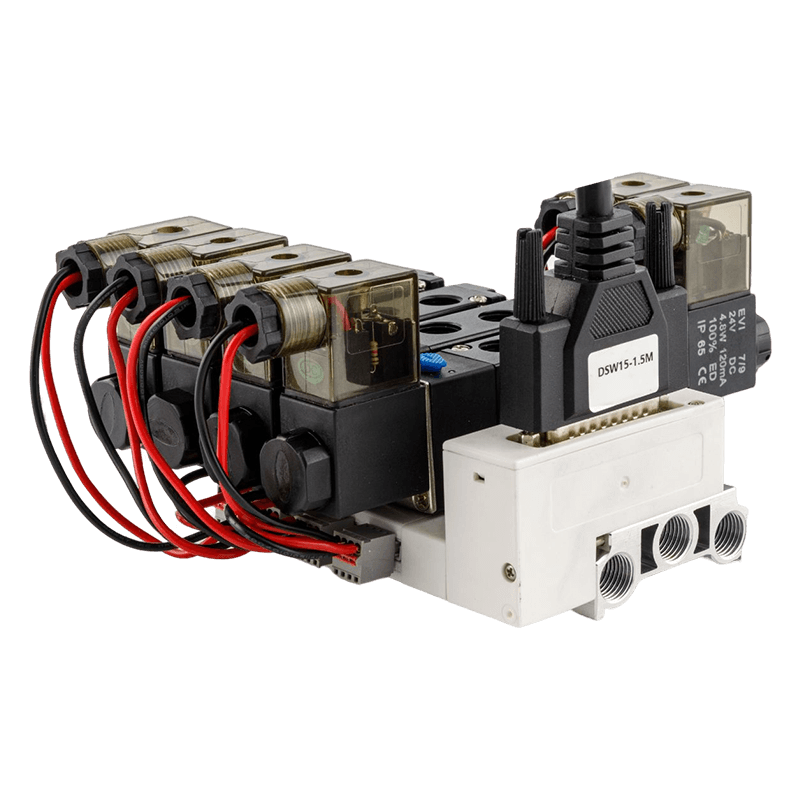
Professionell tillverkare av pneumatiska komponenter i över decennier
Vi har fokuserat på att producera ventiler, cylindrar och andra pneumatiska produkter med ett högt varumärkesrykte och rik erfarenhet av industriell tillämpning.
Engagemang för överlägsen kvalitet
Senaste nyheterna
-
Vad är pneumatiska insticksbeslag?
Pneumatiska instickskopplingar är anslutningskomponenter som ofta används i pneumatiska system, vanligtvis för att sn...
-
Fem nyckelfaktorer att tänka på när du väljer luftbehandlingsutrustning
Luftbehandlingsutrustning är en avgörande del av industriella system, särskilt i pneumatiska applikationer. Lu...
-
Hur kan man förbättra livslängden och effektiviteten för en pneumatisk cylinder?
A pneumatisk cylinder är en vanlig mekanisk anordning som ofta används inom automation, tillverkning och olika...
-
Vad är egentligen funktionen för en pneumatisk riktningsventil? Ett måste att läsa för nybörjare!
I modern mekanisk utrustning fungerar olika pneumatiska komponenter som cylindrar, gripdon och ställdon smidigt. Även...
-
Behöver 2/2-vägs magnetventilen rengöras?
1. Varför gör en 2/2-vägs magnetventil Behöver du städning? Förhindra ventilspindelstopp (det vanligaste ...
-
Vad är pneumatiska riktningsventiler?
Pneumatiska riktningsventiler är kärnkontrollkomponenter i pneumatiska system, som främst används för att ändra...
-
När behöver cylindern bytas ut?
1. Sju situationer där cylinder måste ersättas (1). Kraftigt slitage/repor av cylind...
-
Vanliga luftbehandlingsenheter
Luftbehandlingsenheter Kontrollera utgångstrycket för tryckluft. De får högtrycksluft från luftkällan och regle...
-
Vad är en 2/2-vägs magnetventil?
En 2/2-vägs magnetventil är en grundläggande automatiseringskomponent som använder elektromagnetisk kraft för a...
-
2/2-vägs magnetventilfelanalys: Felsökning av full process från järnflak vidhäftning till spolförsämring
1. Järnflinga/förorenings vidhäftningsfel i 2/2-vägs magnetventil ...









